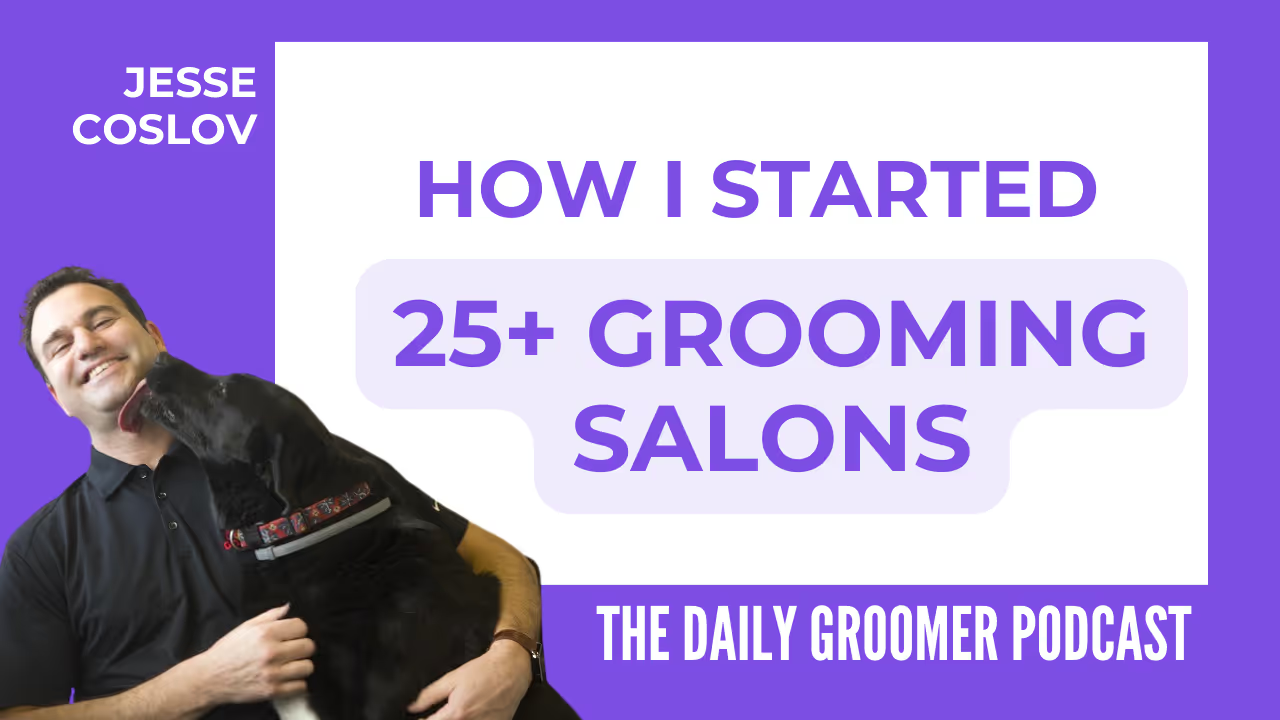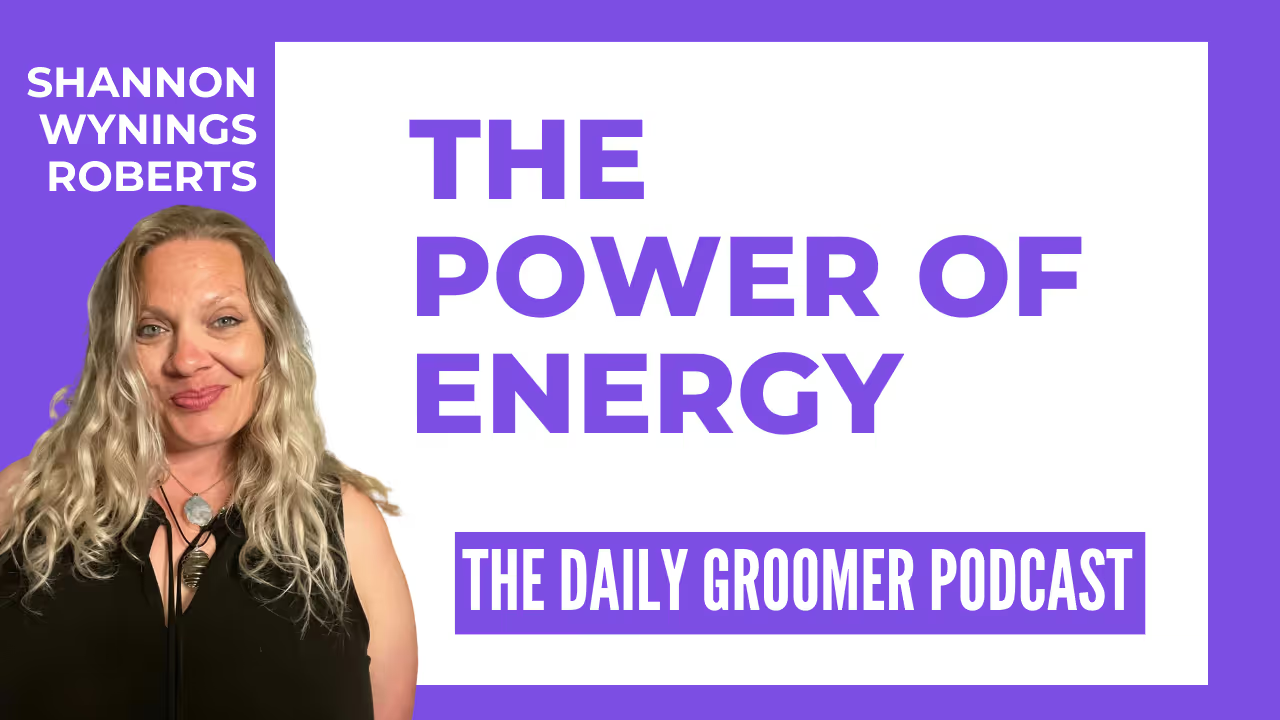The Art of Grooming: Mastering the Bichon Frise Coat
Learn the art of grooming the Bichon Frise coat with this comprehensive guide

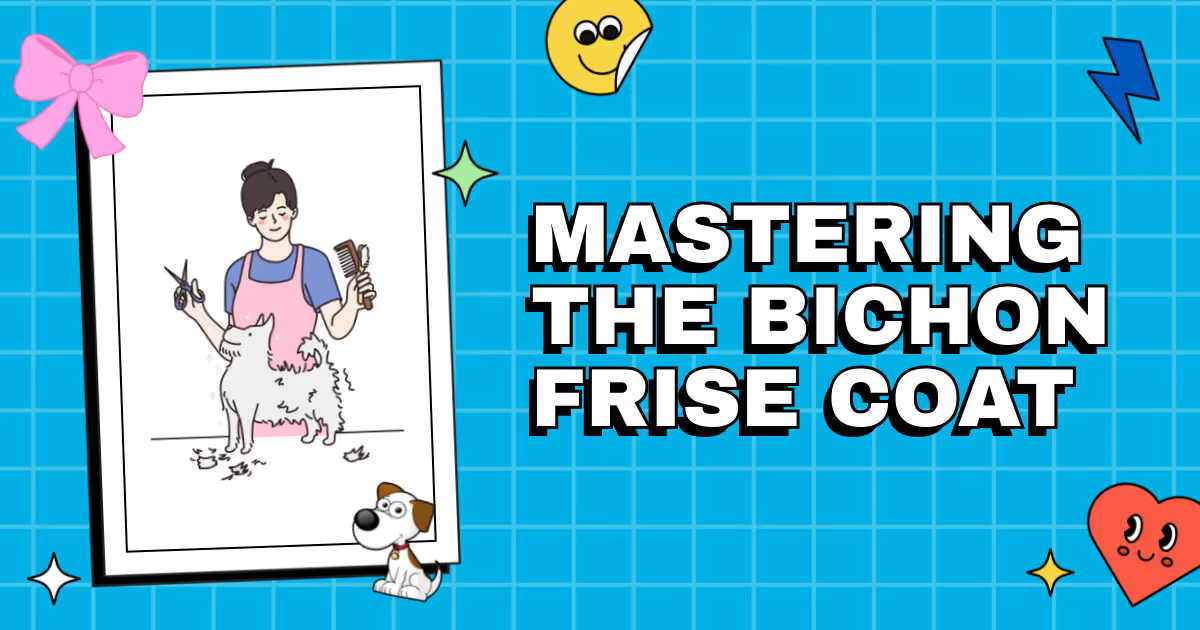
The Art of Grooming: Mastering the Bichon Frise Coat
Understanding the Bichon Frise Coat
As professional dog groomers, it is crucial to have a deep understanding of different dog breeds and their unique coats. When it comes to the Bichon Frise, their coat is one of the most distinctive and requires special attention.
The Double Coat Structure
The Bichon Frise has a double coat, consisting of a dense and soft, curly outer coat and a fine and silky undercoat. This double coat helps protect the dog from the elements, but it also means that proper grooming is essential to maintain the dog's health and appearance.
Matting and Tangles
One common challenge with the Bichon Frise coat is matting and tangles. Because of the curly nature of the outer coat, it is prone to developing mats if not regularly brushed and maintained. Matting can lead to skin irritation, discomfort, and even more significant health issues. Therefore, it is crucial to address matting as part of the grooming process.
The Mastering Process
Now that we have a grasp of the Bichon Frise coat's characteristics, let's dive into the process of mastering the art of grooming this breed:
Regular Coat Maintenance
Grooming a Bichon Frise starts with regular coat maintenance. Daily brushing with a slicker brush or a comb is crucial to prevent matting and tangles. Aim to remove any knots gently and use a detangling spray if needed. Regular brushing also helps distribute natural oils, promoting a healthy and shiny coat.
Bathing Techniques
Bathing is an essential part of Bichon Frise grooming. Using a high-quality dog shampoo, thoroughly wet the coat and gently massage the shampoo into the fur. Be cautious around the eyes, ears, and mouth. Rinse the coat thoroughly, ensuring no shampoo residue is left. Use a towel or a hairdryer on a low-heat setting to dry the coat.
The Art of Scissoring
Trimming and scissoring the Bichon Frise coat requires skill and precision. When shaping the coat, it is best to start by trimming the pads and feet, followed by the sanitary area. Use rounded-tip scissors to avoid accidents. Gradually trim the body, leaving the desired length for the outer coat, and blending it evenly. Pay close attention to maintaining symmetry and natural lines.
Professional Tips and Tricks
As professional groomers, it's essential to have some tricks up your sleeve. Here are a few extra tips to help you master Bichon Frise grooming:
Managing Tear Stains
Bichon Frises are prone to tear stains, which can be an eyesore. To manage tear stains, gently clean the area around the eyes using a solution recommended by a veterinarian. Additionally, trim the hair around the eyes regularly to minimize tear staining.
Staying Calm and Patient
Grooming Bichon Frises can sometimes be a challenging task, especially if they are anxious or have had negative grooming experiences in the past. Approach each grooming session with a calm and patient demeanor, using positive reinforcement techniques to help the dog feel comfortable and relaxed.
Conclusion
Grooming a Bichon Frise requires knowledge, patience, and a deep understanding of the breed's unique coat. By following the tips and techniques mentioned in this article, you'll be well on your way to mastering the art of Bichon Frise grooming. Remember, regular coat maintenance, proper bathing techniques, and skilled scissoring are essential for achieving those beautiful and polished results.


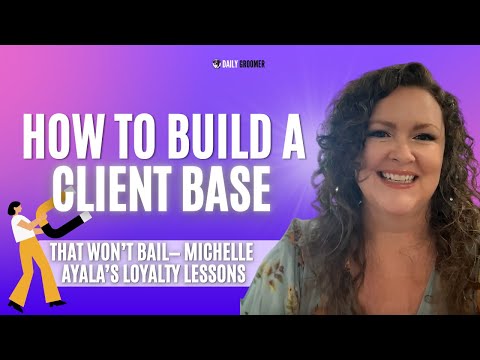

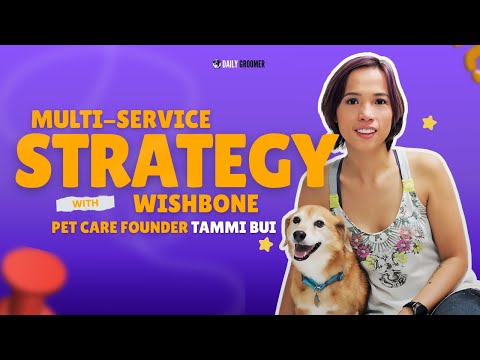
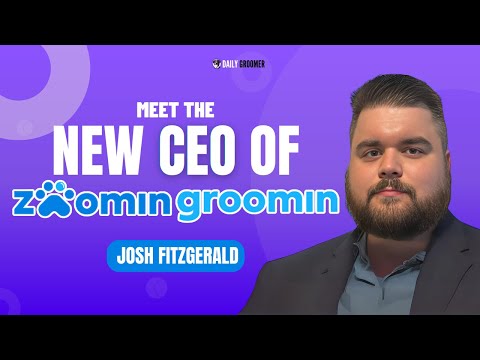
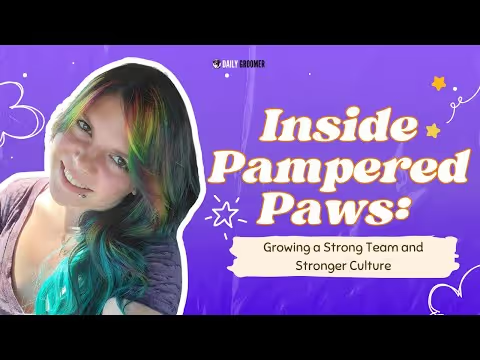
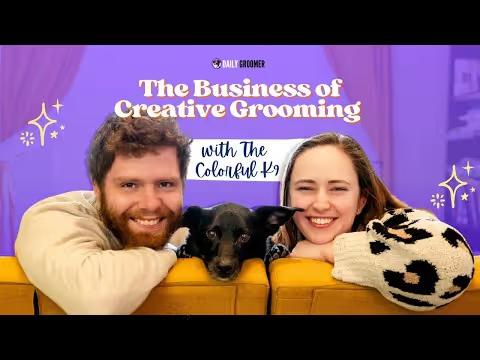



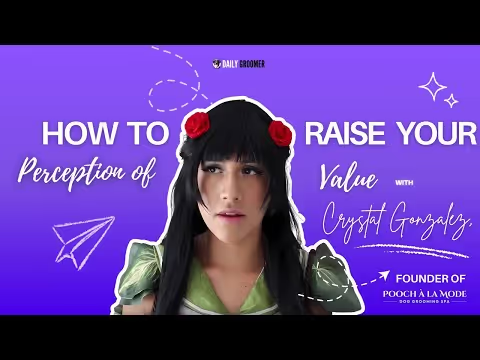

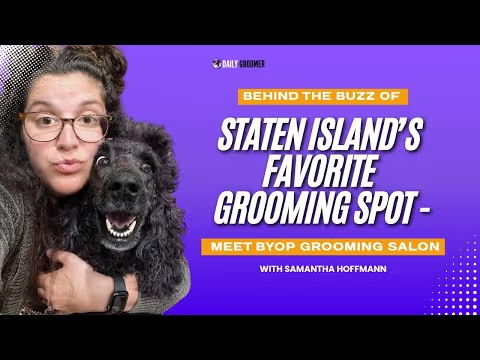
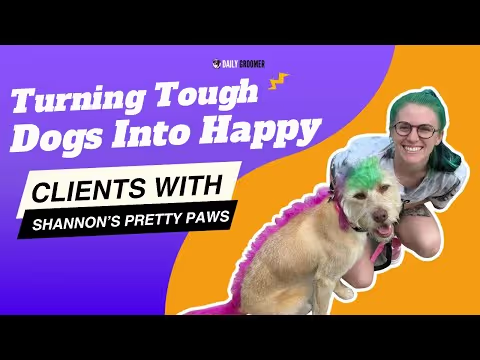
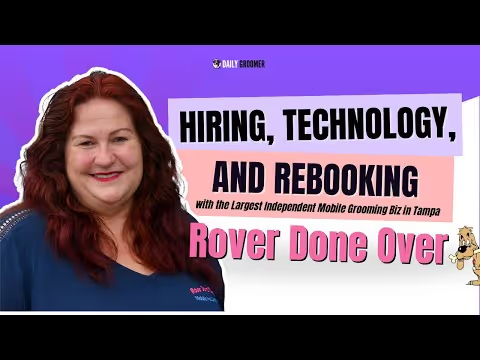
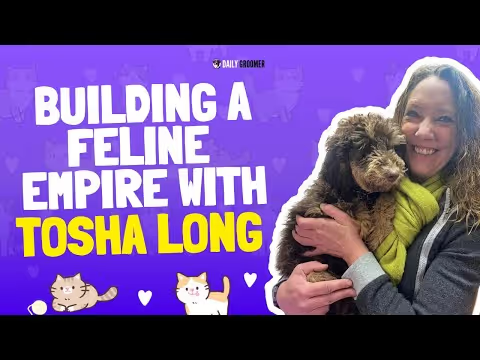


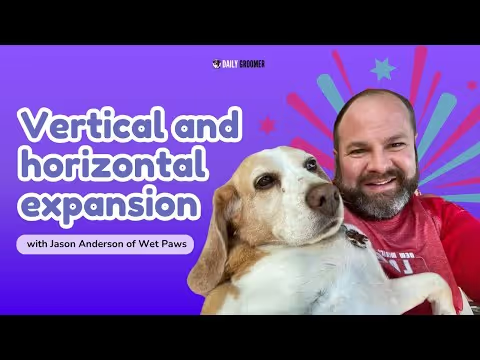
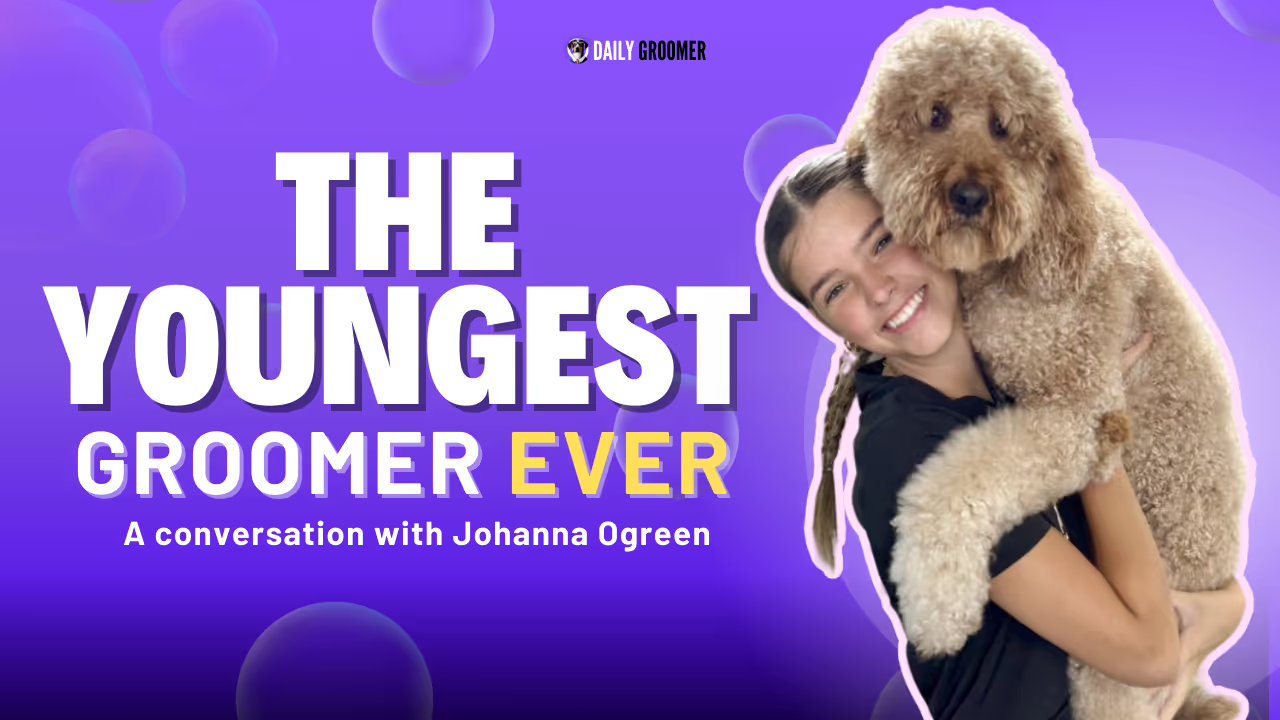
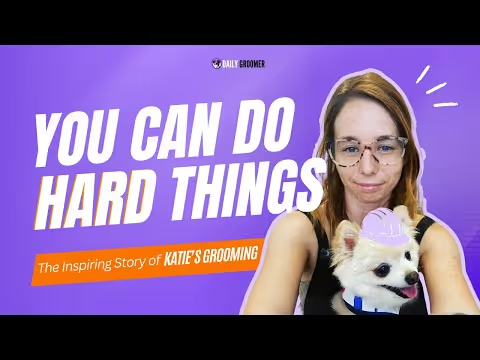
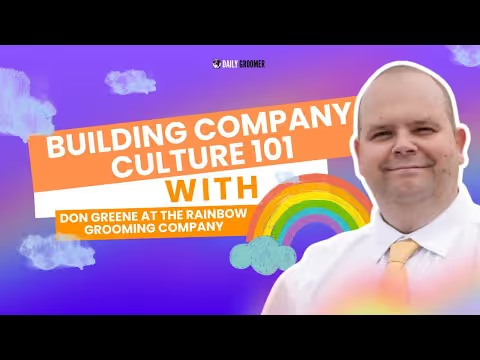
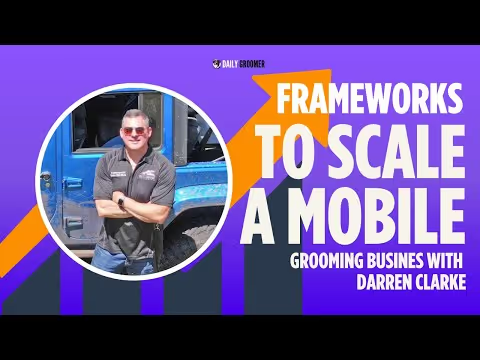
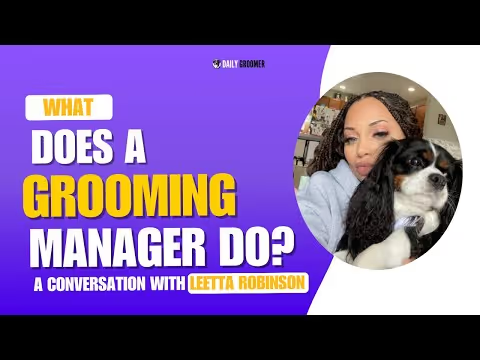

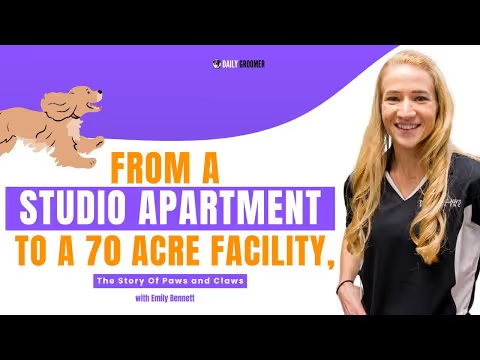
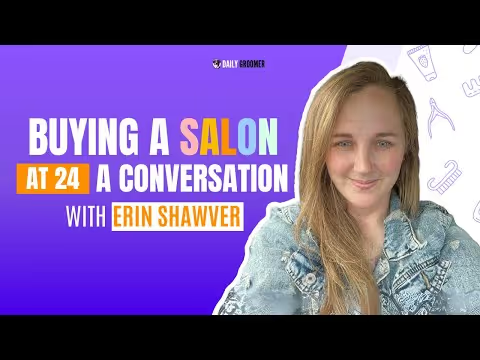
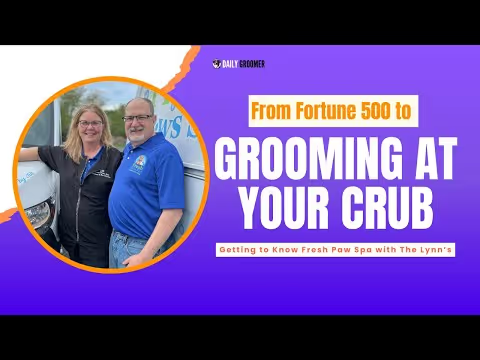




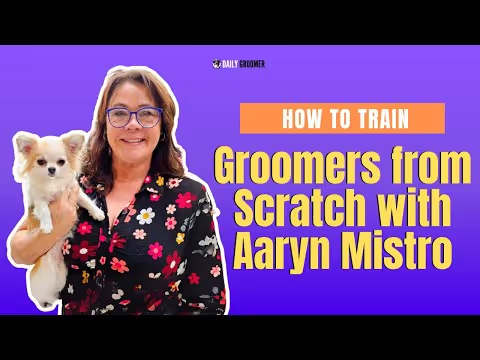
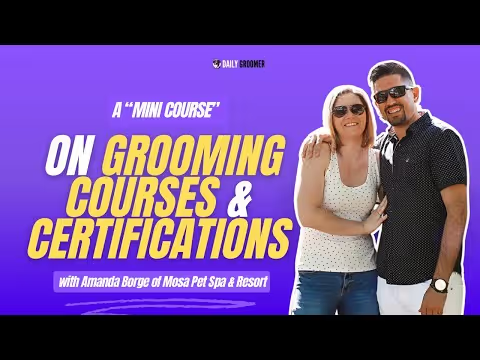
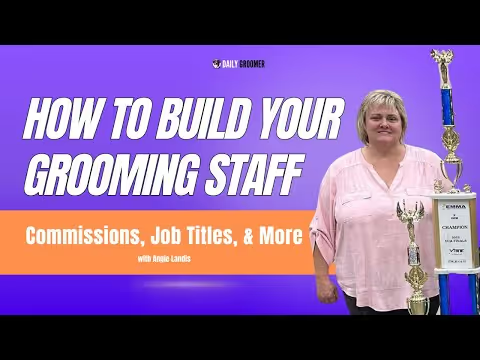





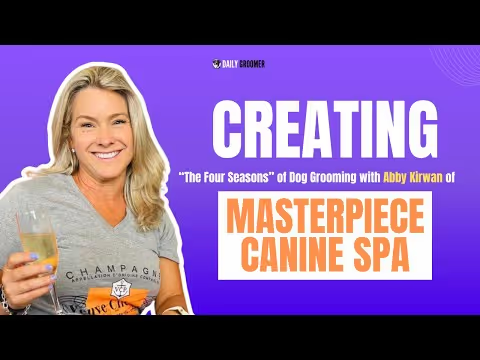

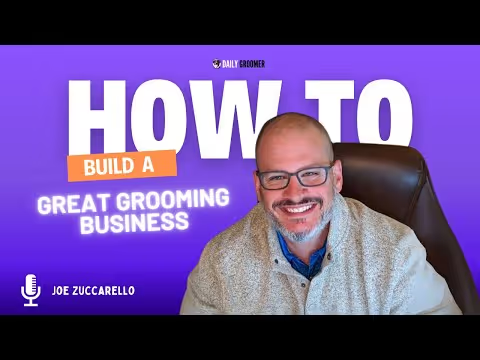
.avif)
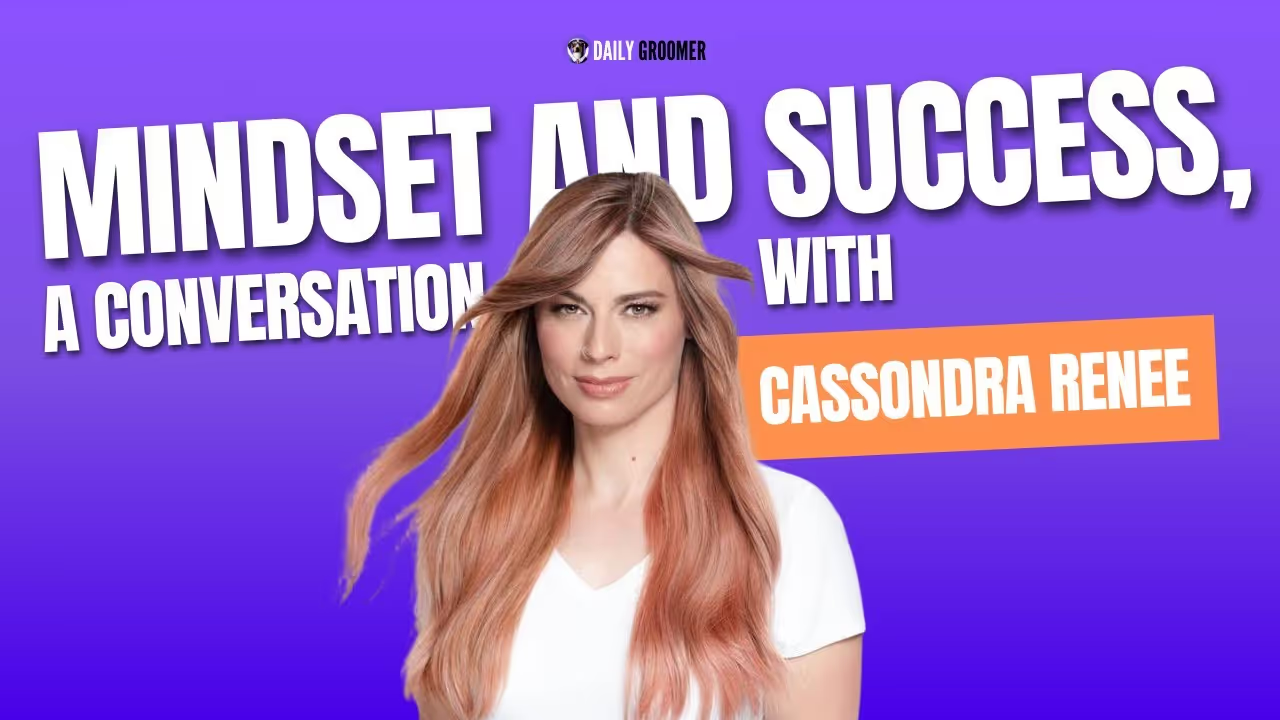
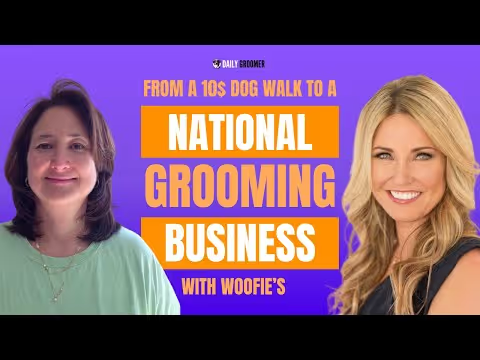
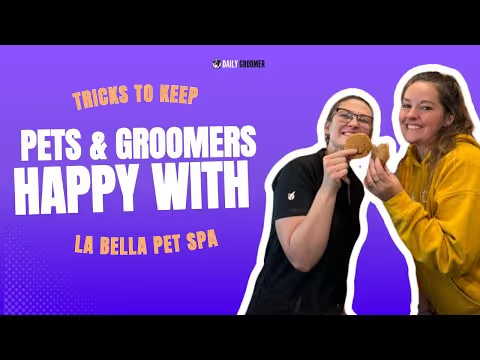



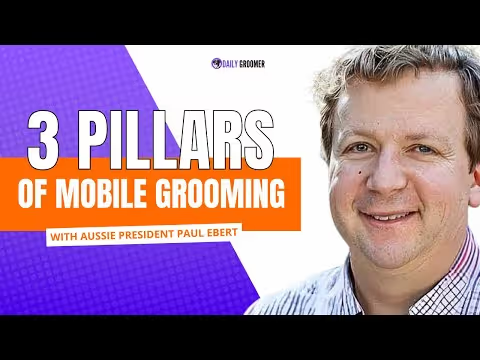
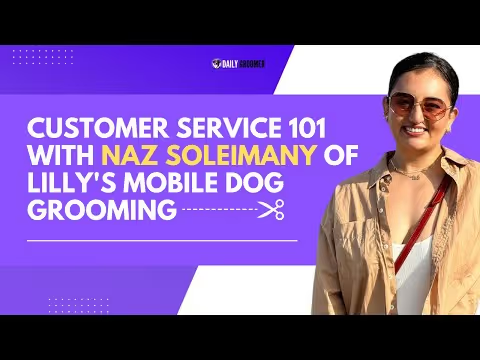

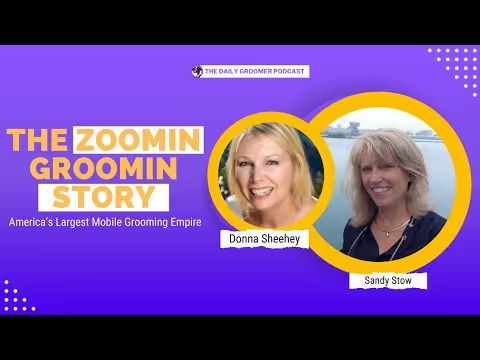


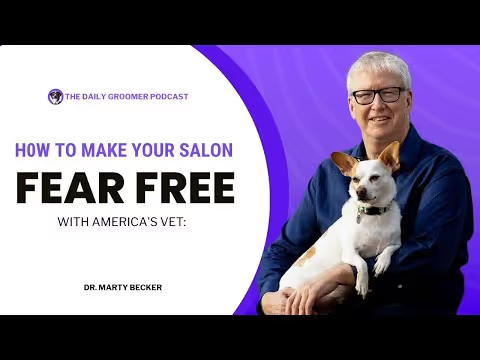



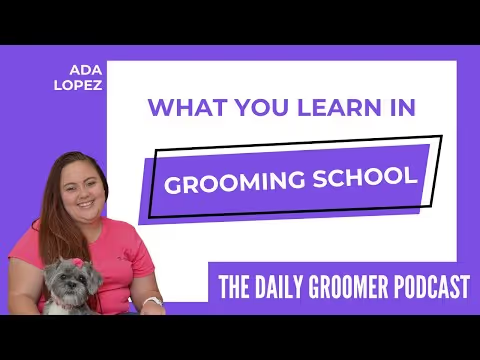


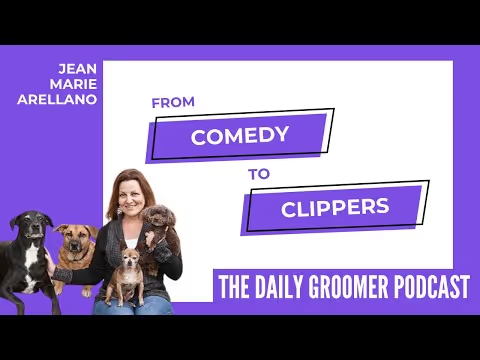

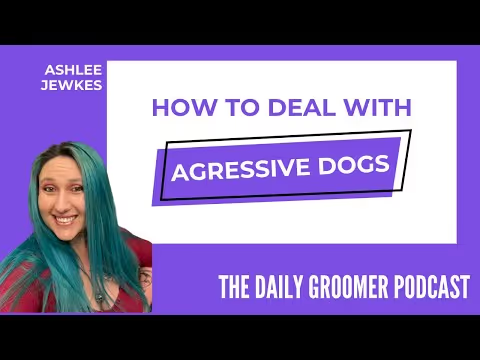
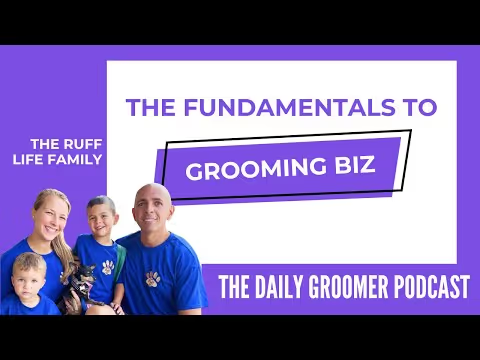


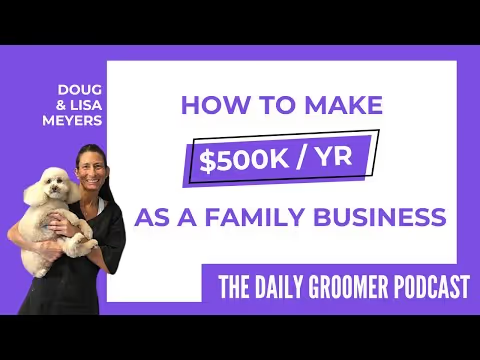
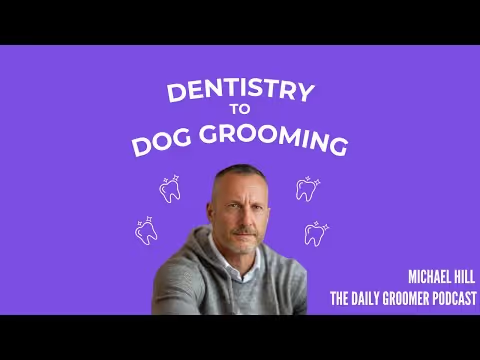
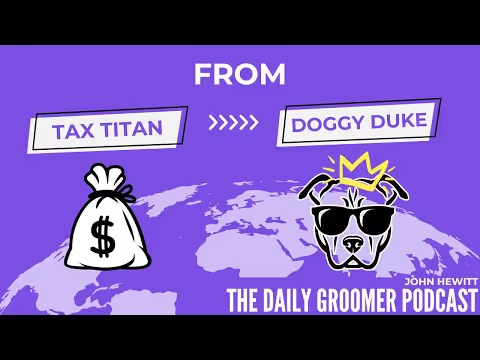


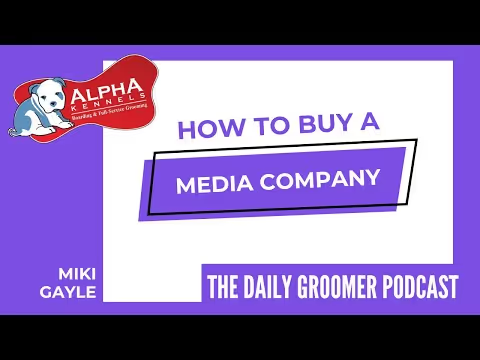
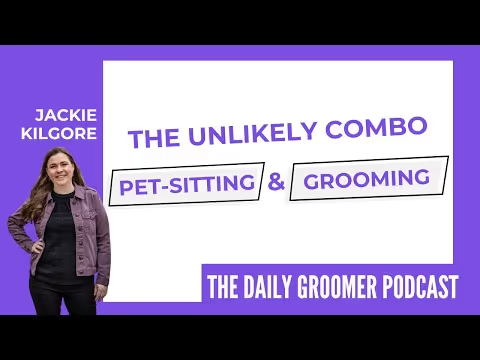
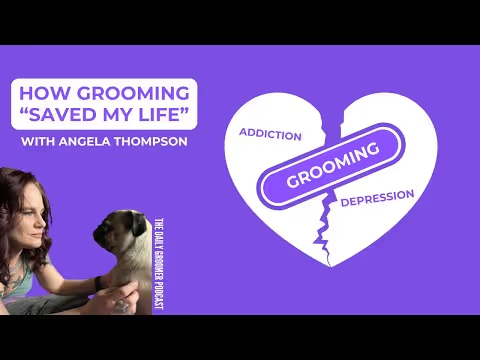
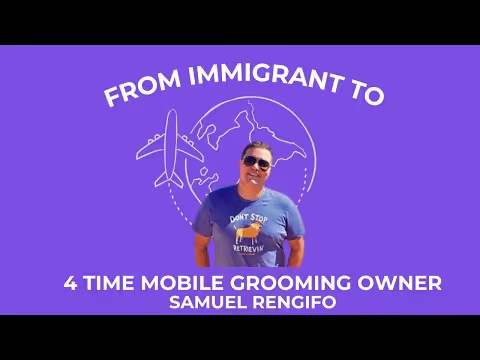
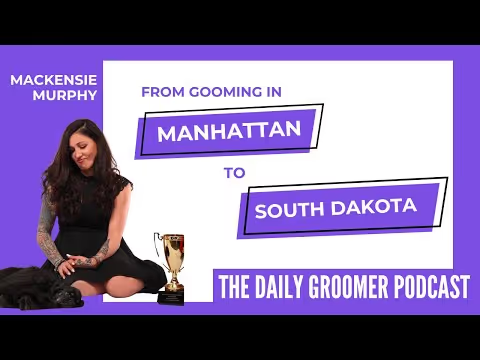

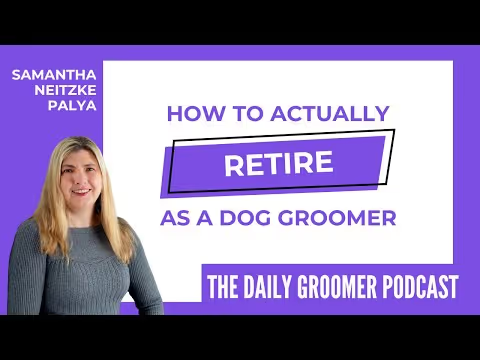
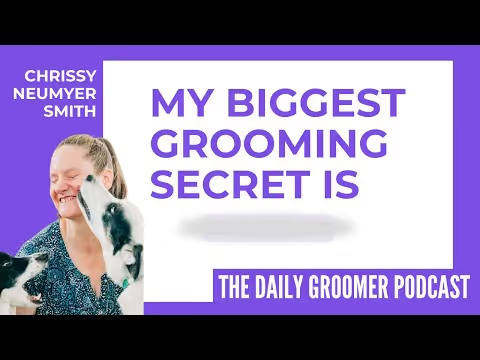


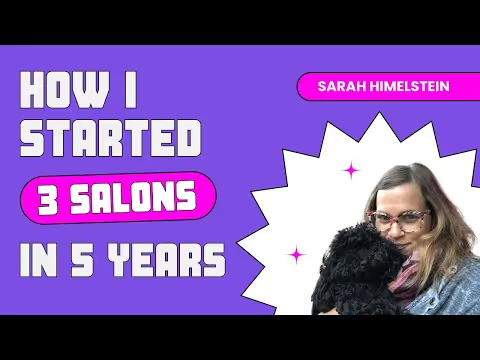
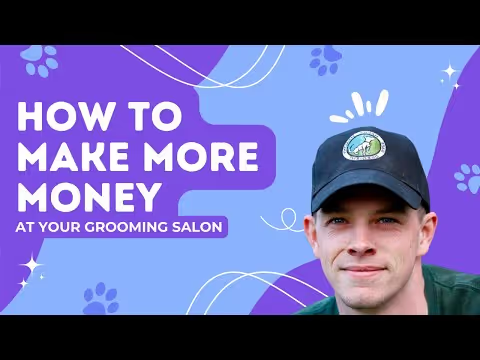
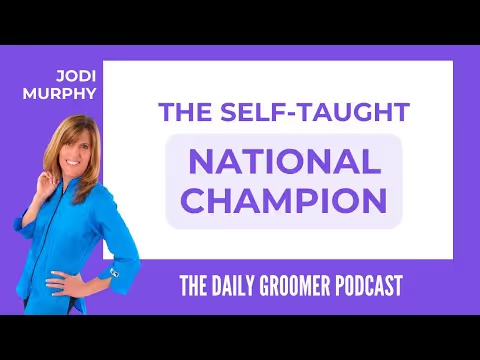

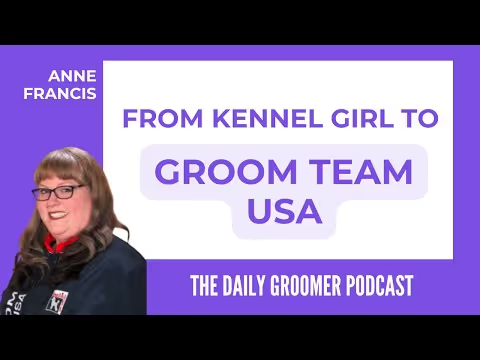
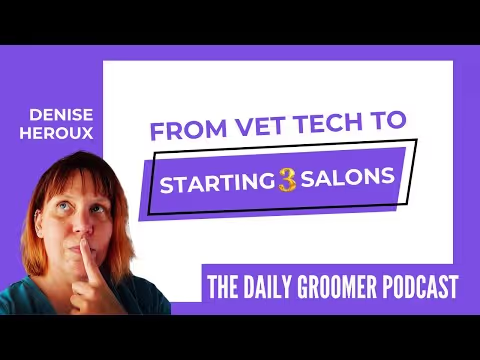
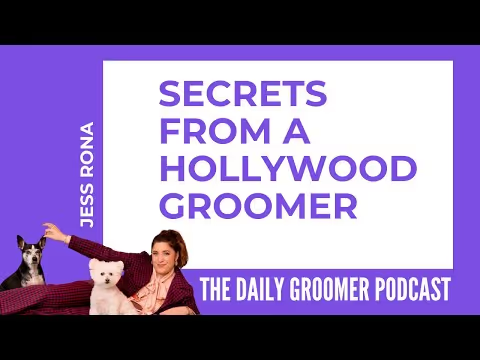
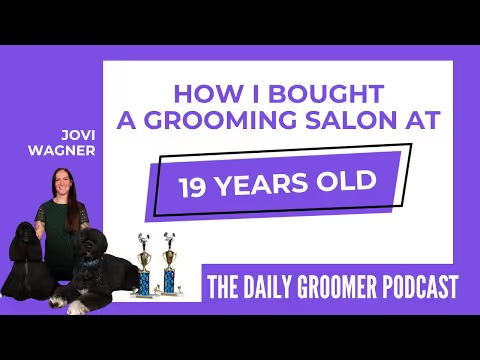

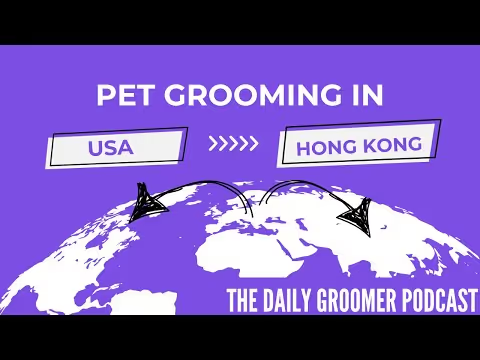
.avif)


